The marketing of business-to-business (B2B) products and services is a complicated process. A tough game in this day and age. There are more options out there for customers than ever. And it’s up to the marketer to make sure that their product or service stands out from the rest.
It can be difficult to get the word out about your company when you’re competing with so many others who have similar offerings. One way that many marketers try to stand apart is through B2B marketing.
This type of marketing focuses on providing valuable information about your company and its products/services directly to other businesses (rather than consumers). B2B marketing is an effective strategy because these people are already looking for solutions like yours.
In this blog post, we’ll go over some of the things you need to know about B2B marketing and how it can help your business.
Table of Contents
What is B2B marketing?
Business-to-Business marketing is a strategy for connecting with the decision-makers of businesses. It’s an important part in acquiring customers and leads.
B2B marketing focuses on creating relationships, as well as exposing your products and services to potential clients who will eventually become buyers.
The goal of B2B marketing is also to know what the customer needs before they even ask for it – this way you can provide them with exactly what they’re looking for. You’ll be able to create custom solutions that work best for each client, which results in higher conversion rates.
 You shouldn’t look at B2B marketing as just one tool among many. Instead, consider how all parts are interconnected and necessitate continuity between strategies.
You shouldn’t look at B2B marketing as just one tool among many. Instead, consider how all parts are interconnected and necessitate continuity between strategies.
B2B marketing can be for a business that sells its goods or services to other businesses. It’s also commonly used by companies who sell their products. But only to organizations rather than individuals. B2b Marketing is often referred to as “informative” and focuses on creating relationships with potential customers which results in higher conversion rates.
Whereas, in contrast, Business-to-Consumer (B2C) Marketing has the goal of making sales directly to consumers. In short, B2C Marketing is more about the individual.
Who is B2B Marketing For?
B2B Marketing is for businesses that sell to other businesses. If you have a product or service, and your customer is another company — whether big or small, start-up, or established — then B2B marketing can help get your message in front of them.
The key for any business with a target audience is to make sure it knows who its market is before starting anything related to the topic at hand. This will make everything else easier from there on out because they’ll know what their customers want and how best to communicate with them about their products/services.
In fact, many people might be surprised by just how much more information-savvy companies are now than ever before when it comes to knowing what consumers want and how they can deliver it as quickly as possible while also finding new and exciting ways to do so.
This is because there are now more channels of communication than ever before which means businesses can reach their target audience in many different ways. But the key to success will always be understanding how best to make use of these avenues by figuring out who they should be targeting with each one.
For example, on social media platforms like Instagram, it’s important to know that this type of platform appeals most deeply to a younger demographic while older adults might prefer Facebook as opposed to having to deal with all the photos and videos being posted constantly across various feeds.
B2B vs B2C Marketing
Business-to-Consumer Marketing (B2C) is marketing goods or services to final consumers. Business-to-business (B2B) marketers sell their products and market themselves directly to other businesses, rather than the end consumer.
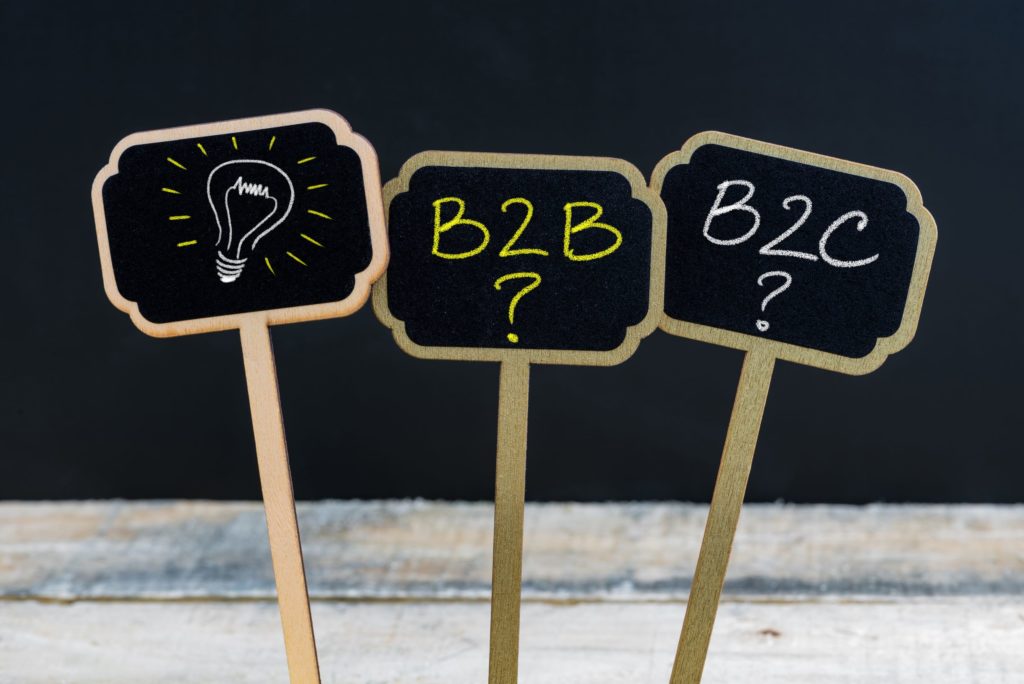 The key difference between B2B and B2C Marketing lies in who they are targeting: consumers with one type of business communications versus another kind of business communicator with a different set of needs and wants. That means that each approach must be tailored for its audience as well as understand what channels will work best for them too.
The key difference between B2B and B2C Marketing lies in who they are targeting: consumers with one type of business communications versus another kind of business communicator with a different set of needs and wants. That means that each approach must be tailored for its audience as well as understand what channels will work best for them too.
B2B Marketing Strategies
While B2B and B2C businesses share similarities, marketers must be aware of the difference between B2B and B2C marketing in order to design a successful campaign.
Creating a B2B Marketing Strategy
With so many B2B businesses out there, it’s essential to have a marketing strategy in place. This will help you avoid wasting your time and money on strategies that don’t work for you.
Step 1: Develop an Overall Strategy
Developing an overall strategy is important for B2B marketing. It helps set the tone and direction of your content, identify opportunities in new markets, market research topics, or areas where there is a need for more information that you might want to fill with content.
Before you make any significant decisions or create any content, you need to have a plan in place.
 One of the most important aspects that should be included in your marketing strategy. This includes figuring out how you want to market yourself and what type of message you want to convey as well as who your target audience will be for each campaign or task at hand.
One of the most important aspects that should be included in your marketing strategy. This includes figuring out how you want to market yourself and what type of message you want to convey as well as who your target audience will be for each campaign or task at hand.
After this has been determined, it’s easier to decide on topics for blog posts or other types of written content such as whitepapers, eBooks, etc. because these topics are usually closely related to the overall objectives outlined in the marketing strategy.
Step 2: Define Your Market and Buyer Persona
When you’re able to identify your market and buyer persona, you’ll be able to provide more tailored content and messages.
Content marketing is made up of six main components:
- Content Strategy
- Audience Analysis
- Keyword Research
- Copywriting
- Design & Development
- Publishing
Each one plays a crucial role in the success of your marketing strategy as it’s key for attracting buyers by providing them with what they’re looking for while also driving conversions and nurturing relationships over time.
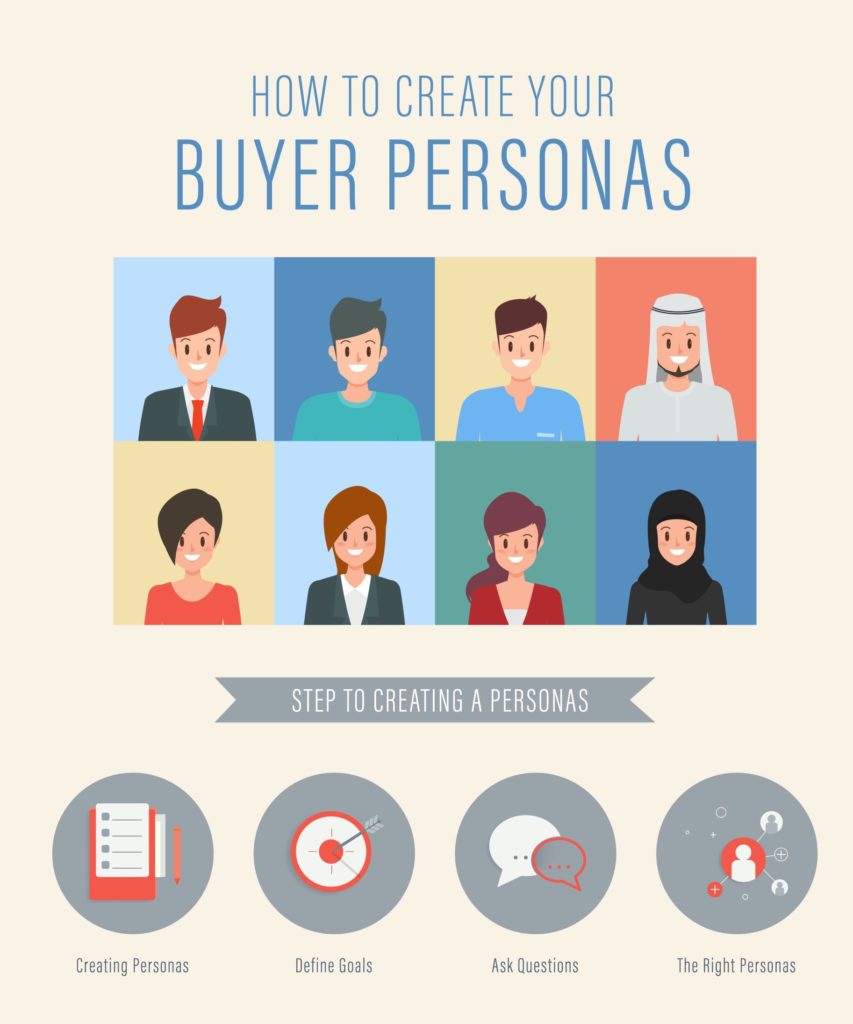 The most important part when considering which type of content to create is determining how much thought should go into each piece based on its goal or objective.
The most important part when considering which type of content to create is determining how much thought should go into each piece based on its goal or objective.
For instance, if you want someone to sign-up, then lead gen pieces may work best. Whereas if you just want people to engage with your business but not necessarily purchase something then educational posts might be more appropriate.
Step 3: Identify B2B Marketing Tactics and Channels
Knowing where your target audience is and how they are consuming content will help you develop an effective marketing strategy.
There are many different ways to market your B2B business. But it’s important to know where your potential clients live online so that you can reach them effectively.
The following are just a few places where we recommend finding B2B customers:
Facebook Ads
If Facebook ads fit within your budget then this could be one of the most cost-effective ways to target specific demographics on Facebook based on interests or location (you’ll need someone who understands paid advertising). It won’t always be as accurate as Google Adwords because there’s more noise in general when using Facebook ads, which means that not all audiences are as targeted.
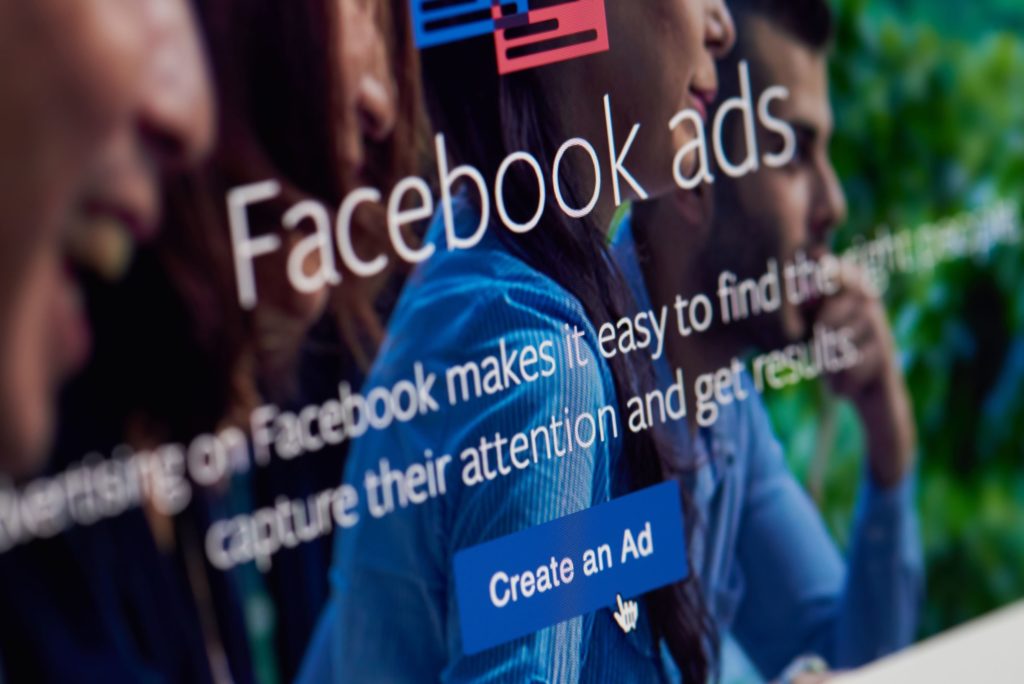 LinkedIn
LinkedIn
If your product or service is relevant to professionals, then LinkedIn might be the way to go because it’s a professional networking site with an almost exclusive audience of business people who are actively looking for new products and services they can use at work. (Though you’ll want someone with experience using paid advertising on LinkedIn to get the best results.)
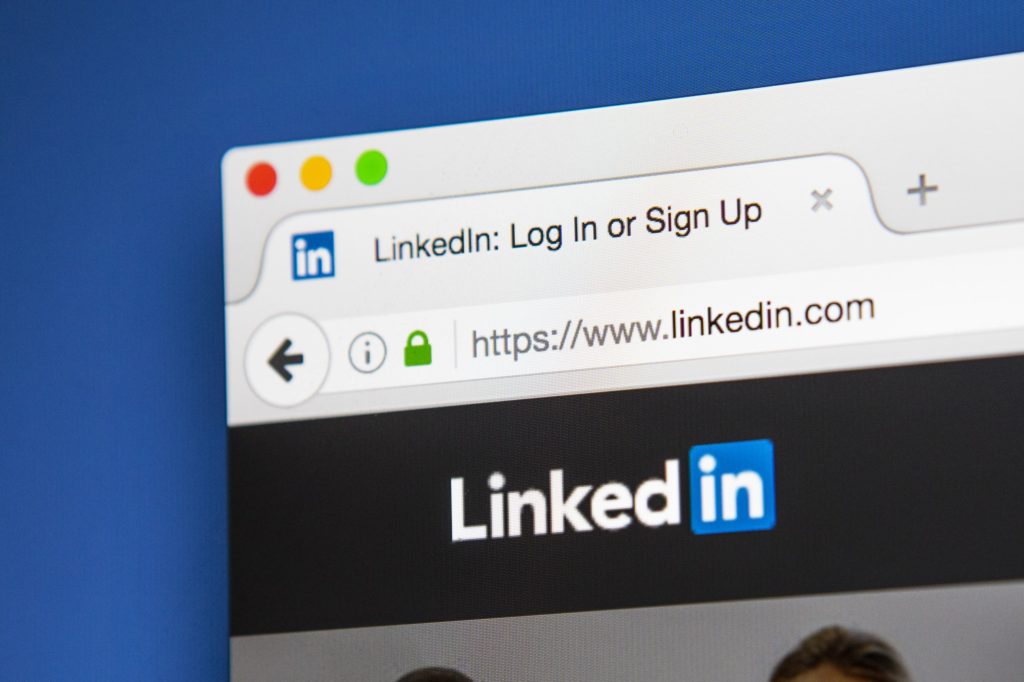 Instagram Ads
Instagram Ads
Instagram has become more popular than ever because there’s such high engagement rates among its users. This means if you’re running ad campaigns on this platform you will have better odds of being seen by your potential clients.
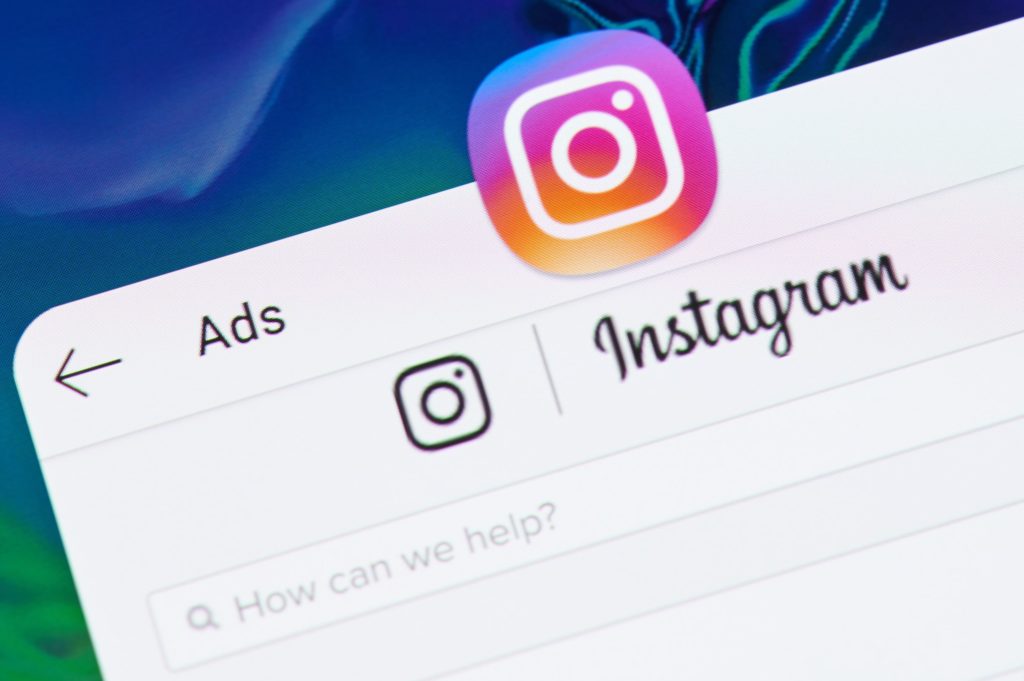 Google Ads
Google Ads
Google’s ad platform is so expansive that it can feel a little overwhelming to new marketers! If you’re not sure where to start with your PPC campaigns, we recommend doing some research on which keywords are the best for what type of service or product you offer and then go from there.
You may also want to consider setting up conversion tracking as this will help show how many people were able to make purchases after seeing your ads (you’ll be surprised by the number!).
Step 4: Create Assets and Run Campaigns
With a plan in place, you can now test the waters with a few of your campaigns. Be sure to create assets for these campaigns, like infographics that you can share with potential leads on social media and other places online.
Create the asset, then advertise it in all appropriate channels. Just be mindful not to saturate any one channel too much, or else you won’t get any results from any of them!
Step 5: Measure and Improve
No matter how good you are, there is always room for improvement. You will find that there are things about your B2B customers you haven’t thought of before. Nuances that can make or break the sale. It may be your tone of voice, or the design of your landing page, but it will be something.
This is why you need to measure and improve what you are doing in every way possible. Keep an eye on how many visitors come to your site each day, as well as where they are coming from. Track keywords that drive traffic to your website and know which ones aren’t working so hard for you.
Analyze click patterns on blogs posts like analyzing bounce rates, time spent on pages, etc. Then make adjustments accordingly. It’s a process we’re all constantly in during marketing – testing new things until we find what sticks best with our audience!
The more data points about their behavior that you track, the more insights you’ll have on how to make your target audience happy.
Types of B2B Marketing
Here are some of the most common types of B2B marketing and channels:
Blogs
Blogs are posts that people write for the public to read. Blogs can be written by a single person or many people. And they are normally about one particular topic of interest.
What is blog marketing? It’s part content creation and part social media management — and it all starts with your conversion strategy!
Start out by making sure that you’re blogging on topics related to what your target audience needs at this time in their life — such as how to better manage stress for recent mothers or new business owners looking for tips on starting an online store.
You’ll also want to use some post types which may seem more traditional like “How To” blog posts. This helps potential customers learn exactly what they need from you (through videos, tutorials, or other educational forms of content).
Search
Search Engine Optimization (SEO) has become a cornerstone of B2B marketing as it can be the difference between success and failure.
A well-optimized site will rank higher in search engine results pages (SERPs), which means more customers will find you because your website is on top.
SEO also helps create a natural, organic presence that can’t be bought or faked. It’s about providing value through content so people want to link back to your content, share your posts with their followers, review products from you and visit again for more valuable information related to their needs.
Most important of all is what SEO does for brand awareness: it creates visibility by getting seen first when potential customers are searching online for products or services like yours based on keywords they use. The more they see your B2B business and the more they are exposed to your messages, the better chance you have of winning their business.
Social Media
Social Media is now at the center of marketing plans for many B2B companies. The use of social media in the workplace is on the rise. And marketers shouldn’t ignore this trend.
B2B marketing on social media will only continue to grow as marketers find new and innovative ways to reach their audiences.
This also helps you show the human side of your company.
Whitepapers / E-Books
Whitepapers are an old-school marketing tool that has a modern twist. They’re perfect for solving complex problems and providing in-depth industry knowledge to potential customers who can’t find what they need any other way.
They can be summarized as research reports or essays on a specific topic, often with the goal of persuading readers to take some sort of action — such as signing up for your newsletter list.
E-books are also often used as part of a B2B marketing strategy. They are a cost-effective way to deliver information and advice in an attractive, creative format.
Their affordability and usefulness make them a popular marketing tool among companies looking for ways to provide high-value content without breaking the bank.
B2B marketers use emails to communicate with leads, prospects, and customers. Emails are a great way for marketers to personalize their business communications and provide information that is relevant to the recipient’s interests.
Mailchimp offers several email templates for B2B businesses, as well as features such as automated appointment scheduling based on meeting details in emails, tracking who opens an email or link you share from your inbox via embedded analytics, and powerful reporting features.
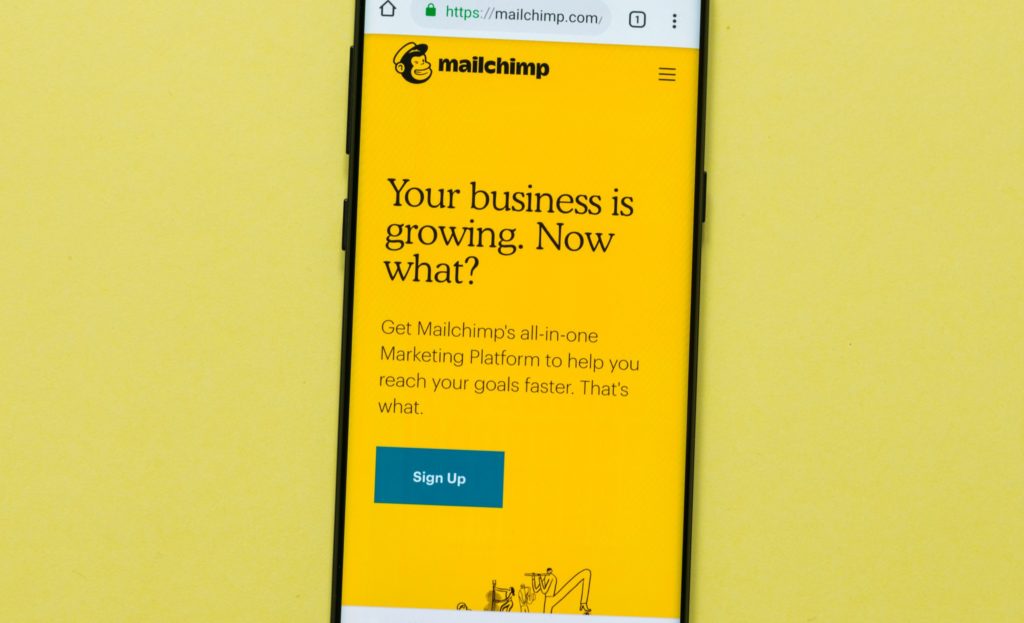 To learn more about how Mailchimp can help you craft winning marketing campaigns. Check out this video: MAILCHIMP TUTORIAL 2021 – Email Marketing step by Step for Beginners
To learn more about how Mailchimp can help you craft winning marketing campaigns. Check out this video: MAILCHIMP TUTORIAL 2021 – Email Marketing step by Step for Beginners
Videos
With websites and social media platforms utilizing videos, it has now become a necessity for B2B businesses to also include them in their marketing plans. There are several different ways you can incorporate videos into your business’ content strategy, and we’ll walk you through some of the most popular methods below.
The first way is by creating mini video blogs or “vlogs” on YouTube at regular intervals that may cover topics such as new product launches or company milestones. This gives B2B buyers behind-the-scenes access to how the company runs its operations.
 The second method is by creating video testimonials. This is a great way to provide B2B buyers with more information about the specific benefits of your product or service.
The second method is by creating video testimonials. This is a great way to provide B2B buyers with more information about the specific benefits of your product or service.
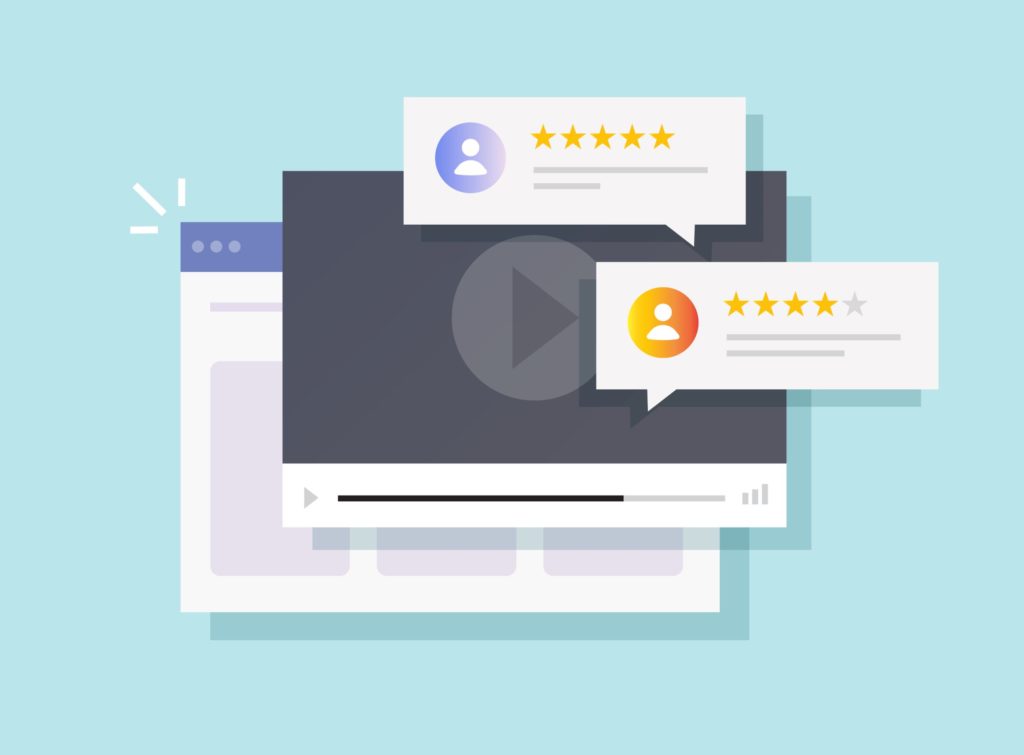 The third method is by creating marketing videos that usually range from 30 seconds to just over 1-minute long, which act as short commercials on company websites or social media platforms such as YouTube. These types of videos are great for conveying a message quickly and efficiently without all the filler content you may see elsewhere online.
The third method is by creating marketing videos that usually range from 30 seconds to just over 1-minute long, which act as short commercials on company websites or social media platforms such as YouTube. These types of videos are great for conveying a message quickly and efficiently without all the filler content you may see elsewhere online.
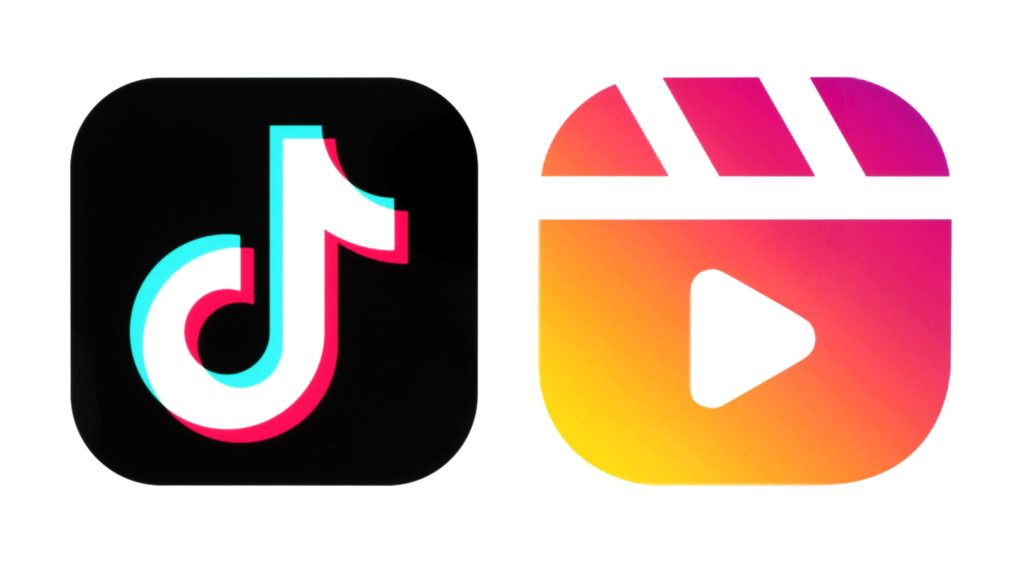
B2B Email Marketing
Email marketing is one of the most powerful marketing channels that businesses can use to connect with their audiences. Marketers are able to generate leads and nurture prospects through email campaigns, which only cost a fraction as much per lead as other traditional media like TV or print ads do.
Budgets for B2B advertising have been slashed dramatically over the past few years, forcing marketers to think outside the box in order to be successful.
Email marketing is an excellent option because…
- it’s inexpensive
- personalizes communications more deeply than any other channel does (especially social networks)
- integrates seamlessly into CRM and Salesforce systems
- is uniquely interactive between brands & customers due to its ability to collect feedback from recipients who opt-in by either clicking on a link within an email or responding directly to the email.
The downside is that it’s more difficult for brands to reach their customer lists with targeted messaging. With social networks such as Facebook and LinkedIn having huge audiences spanning all demographics, marketers can easily target specific cohorts based on age or gender without worrying about whether they are technically customers.
In order to increase audience engagement through emails without risking sending out spammy content (which would lead recipients to mark these emails as spam), marketers can segment their email lists based on past purchases. This way, customers will only be receiving relevant content and help them feel more connected to the company’s brand.
For example, if someone has ordered from your website in the last year, they might receive a yearly discount exclusive for those who have made previous orders.
The idea is that by using targeted marketing strategies such as providing discounts or free shipping exclusively to loyal customers with specific purchase histories, brands are able track customer behavior and therefore know exactly what kind of merchandise they’re most likely looking for at any given moment.
B2B Email Marketing Best Practices
Since email marketing is a tried and true marketing strategy, it’s not surprising to find that B2B marketers are seeking advice on how to make email campaigns more effective.
The first suggestion is pretty common and straightforward: personalize your message. This little tweak can help increase open rates by up to 29.95%. Obviously this will vary depending on the industry. But the point here is that tailoring your messages based on what they’re most likely looking for at any given moment means increased sales conversions and better customer service–which are two things every company wants!
The second suggestion is to show your human side. Just because B2B marketing focuses on other businesses doesn’t mean you should look like a stiff professional who’s all about making B2B sales.
This is a common misconception about B2B marketing. Remember that your B2B buyers are people. So it’s important for you to communicate to them like they’re humans. Appeal to their positive emotions and make them feel good. They’re the decision makers, after all. The way you communicate will reflect on your B2B sales.
The third suggestion is to define and segment your audience. Defining your audience is one of the most important parts of B2B marketing. It helps you know who to speak with and how.
There are three ways to define an audience:
- Demographic – by age, gender, income level
- Psychographics – personality traits (for example introverted or extroverted), values (such as family oriented or avant grade).
- Behavioral segmentation – this focuses on people’s behaviors rather than demographics and psychographics. This includes location preferences, frequency of purchase decisions made, online habits, etc.
Conducting a thorough analysis of your buyer personas will help you figure out which segments matter for your business. It also helps you personalize the type of content you’re sending out to your B2B customers. This will excite them to continue to look forward to opening your emails.
B2B Digital Marketing
Whether your business is B2B or B2C, it’s in your best interest to have a digital presence because you get access to networks of people who might become potential customers. And for B2B marketers, this means doubling down on digital marketing strategies.
Here are some of the things you need to consider to have an effective B2B marketing strategy online:
Create a Website
Having a website is the first step in creating a digital marketing strategy. A website is where potential customers can learn more about your business and what you do, as well as find contact information to get in touch with you.
 A strong digital presence includes having an informative website that conveys confidence, competence, credibility, and expertise in your product or service offerings – your B2B value proposition. This should provide some insight into who they are (i.e., buyer personas) and what benefits they’ll receive from doing business with you as opposed to another company of similar size or profession (advantages).
A strong digital presence includes having an informative website that conveys confidence, competence, credibility, and expertise in your product or service offerings – your B2B value proposition. This should provide some insight into who they are (i.e., buyer personas) and what benefits they’ll receive from doing business with you as opposed to another company of similar size or profession (advantages).
Your site also needs a blog so visitors can return for content updates on industry trends that affect their decision-making process when purchasing products like yours.
Optimize Your Digital Presence
All the helpful content on your website won’t do you good if it’s not discoverable. Therefore, it’s important to optimize your digital presence.
In order for you to excel at SEO, you need an in-depth understanding of what makes your site unique and why it deserves top rankings on Google search results pages (SERPs). This means identifying the keywords that people use when looking for businesses like yours. And not just random words, but ones with high monthly searches.
Next, you’ll want to create content around these topics or hire someone else who can do so. That way, you won’t have wasted time creating articles about something that doesn’t really target anything pertinent to your industry. A personal anecdote is going to be more compelling than some bland statistics drawn from a survey conducted by somebody else anyway!
Finally, make sure that your content is unique. It’s not enough to just copy and paste articles from other sites, because Google will penalize you for poor quality or duplicate material.
Use Pay-Per-Click Ads
If you have the budget to run PPC ads, then consider using them to increase your digital presence.
The benefits are:
- You will be able to reach a larger audience and better target your demographic than you can otherwise
- PPC ads cost less when you consider how many visitors they’ll attract! This means that, on a per visitor basis, PPC is much cheaper for your business because it’s targeted towards people who have already shown an interest in the product or service by clicking on the ad
- It’s easy to set up campaigns, track results, and adjust bids if necessary
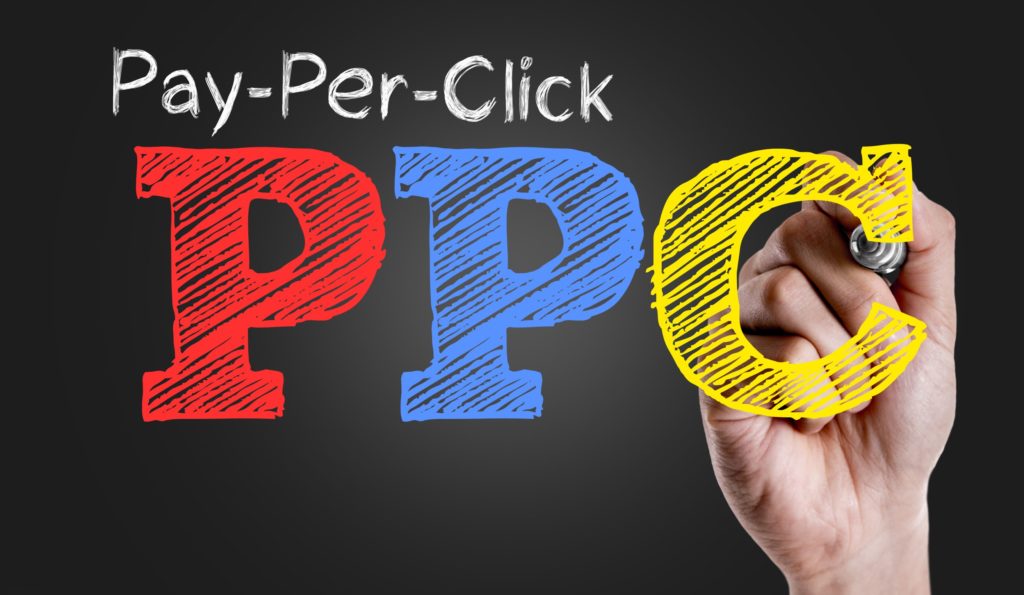 One disadvantage is that running PPC adds another level of complexity into your marketing automation mix.
One disadvantage is that running PPC adds another level of complexity into your marketing automation mix.
The other disadvantage of PPC is that it’s more complicated than SEO or social media marketing. Meaning you’ll need to dedicate time and resources for management.
That said, as long as you know how to run your PPC ads well, the benefits outweigh the disadvantages.
B2B Social Media Marketing
Social media marketing has changed the game for marketers.
Budget is often the primary concern for many brands when it comes to social media marketing. But there are ways around that limitation. You can use free graphic design platforms such as Canva, and create social media posts simply by repurposing other content that you have.
 It’s important for your brand to have a voice on social media in the modern age. Because if you don’t, your competitors will be able to steal market share. If you do, it can give your company an online personality that fosters relationships with potential customers.
It’s important for your brand to have a voice on social media in the modern age. Because if you don’t, your competitors will be able to steal market share. If you do, it can give your company an online personality that fosters relationships with potential customers.
And whether you’re working in B2B or not, you’ve probably seen the benefits of social media marketing. It’s a great way to share content and show off your expertise if that’s what it takes for B2B customers to trust your brand.
B2B Content Marketing
Like social media, content marketing is where it’s at for B2B marketing. This is because it can help you get your message out to a wider audience.
Of course, the primary concern for many brands when it comes to social media marketing is that they are limited in their interactions with customers on Twitter and Facebook – which is why content marketing may be more suitable for them.
Content Marketing has this advantage over social media by giving businesses an opportunity to supplement promotions and advertising messages that don’t work as well online through engaging customer stories, industry thought leadership or educational videos.
Plus, content marketing gives companies another way of reaching people who might not have otherwise come across their business if they were just exclusively using other forms of digital communication such as email or website banners.
Your business marketing strategy, after all, should consider different channels in order to reach your B2B customers.
Invest in B2B Marketing
Effective B2B marketing is crucial to a company’s success. It can give your brand an online personality, establish your expertise in the field and build connections with potential customers that lead to sales.
Investing time and resources in effective B2B marketing strategies will increase your chances of getting more leads for your B2B company. Because it gives you access to prospects who may not know about your business otherwise.
After reading this blog post, I hope you’re excited by the opportunities presented by B2B marketing! If you want to get a marketing plan tailored to your B2B company, or you want to optimize your B2B marketing campaigns, you can schedule a FREE strategy call with us by clicking this link.

